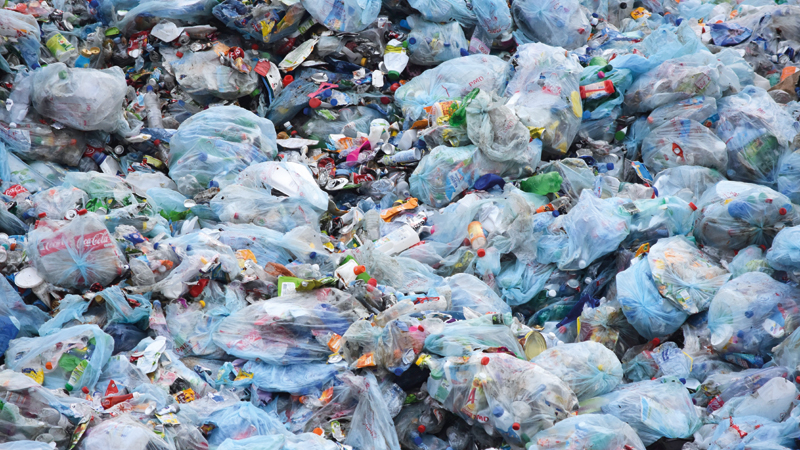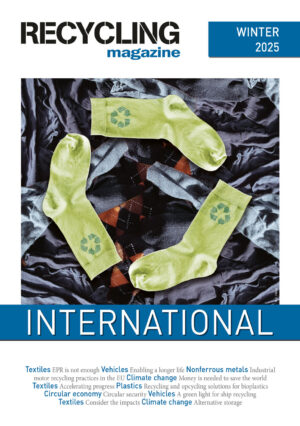The experts analysed the latest available WRAP waste collection data between 2016 and 2020 to determine the contamination rate, based on the amount of non-target and non-recyclable materials that entered UK material recycling facilities (MRFs).
After a recent WRAP survey revealed that over four in five people recycle items they shouldn’t, Biffa’s examination of the waste itself shows the amount of ‘wishcycling’ (assuming an item is recycled) that happens.
Biffa’s analysis found that, in 2016, the average contamination rate of recycling waste was 13.4%, rising over four years to 17% by the end of 2020—more than 3% in as many years.
The data also showed that non-recyclable materials played a bigger part in contaminating recycling. In 2020, non-target materials (recyclable items that have been placed in the wrong bin) accounted for 6.5% of contaminated waste. Meanwhile, non-recyclables (items that either cannot be recycled or are too contaminated with other materials, such as food) made up 10.4% of the contaminants.











